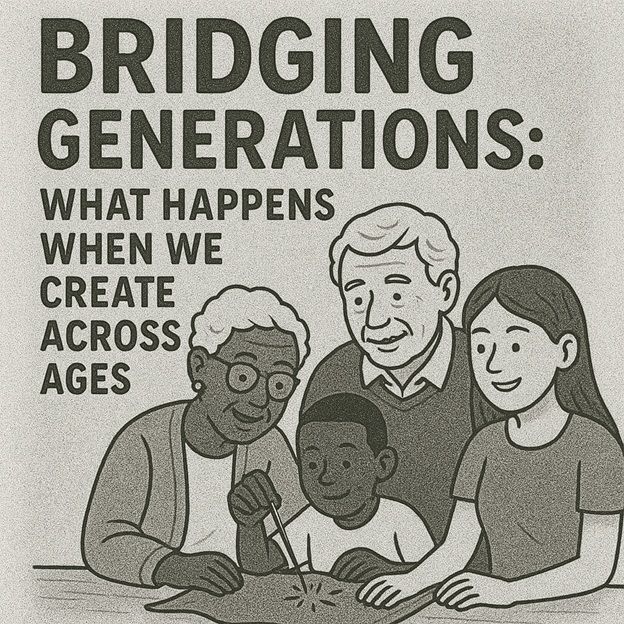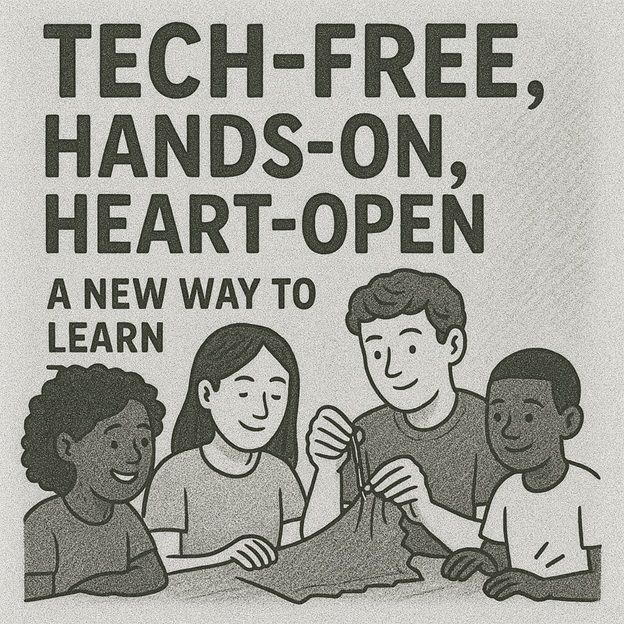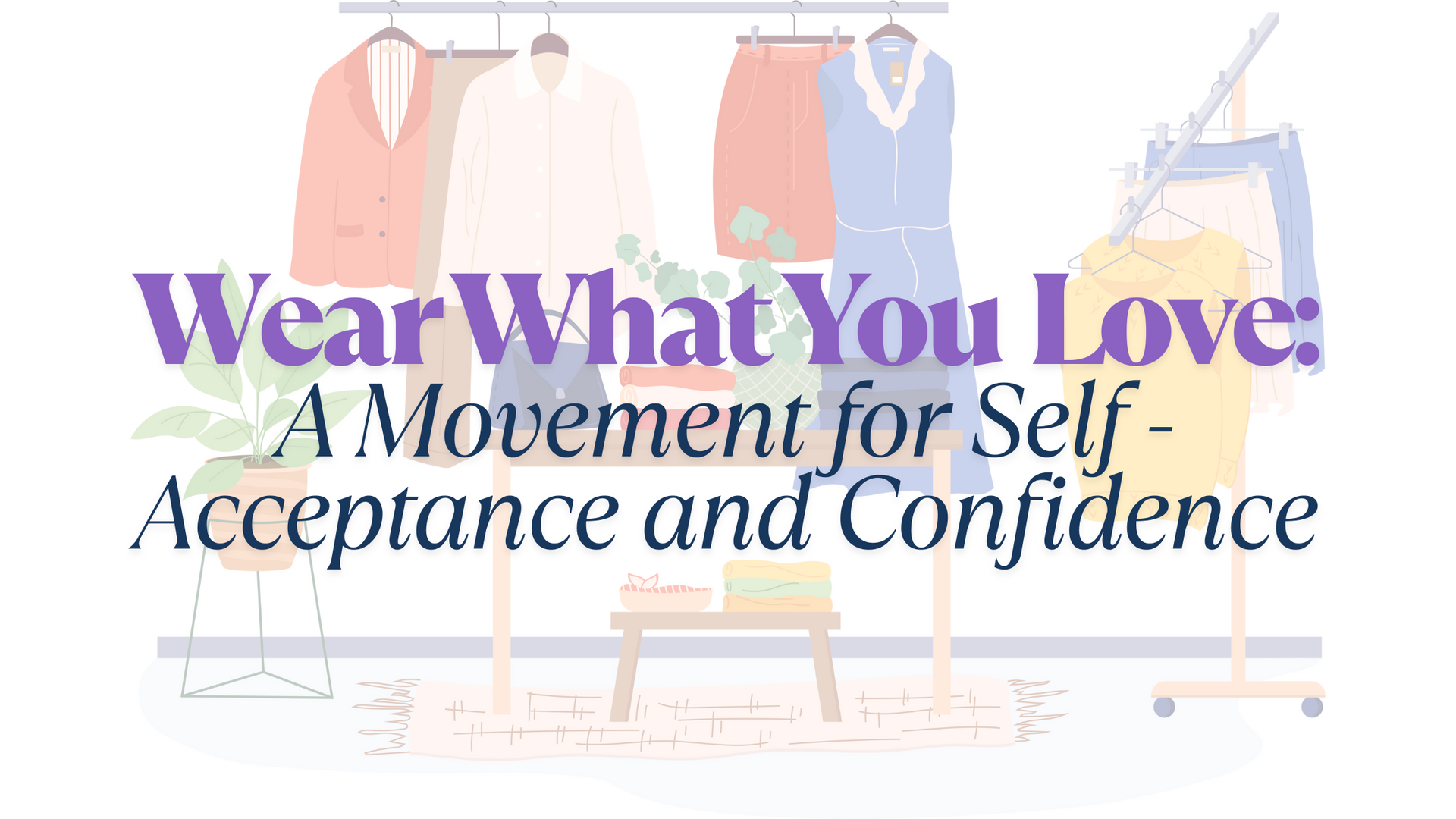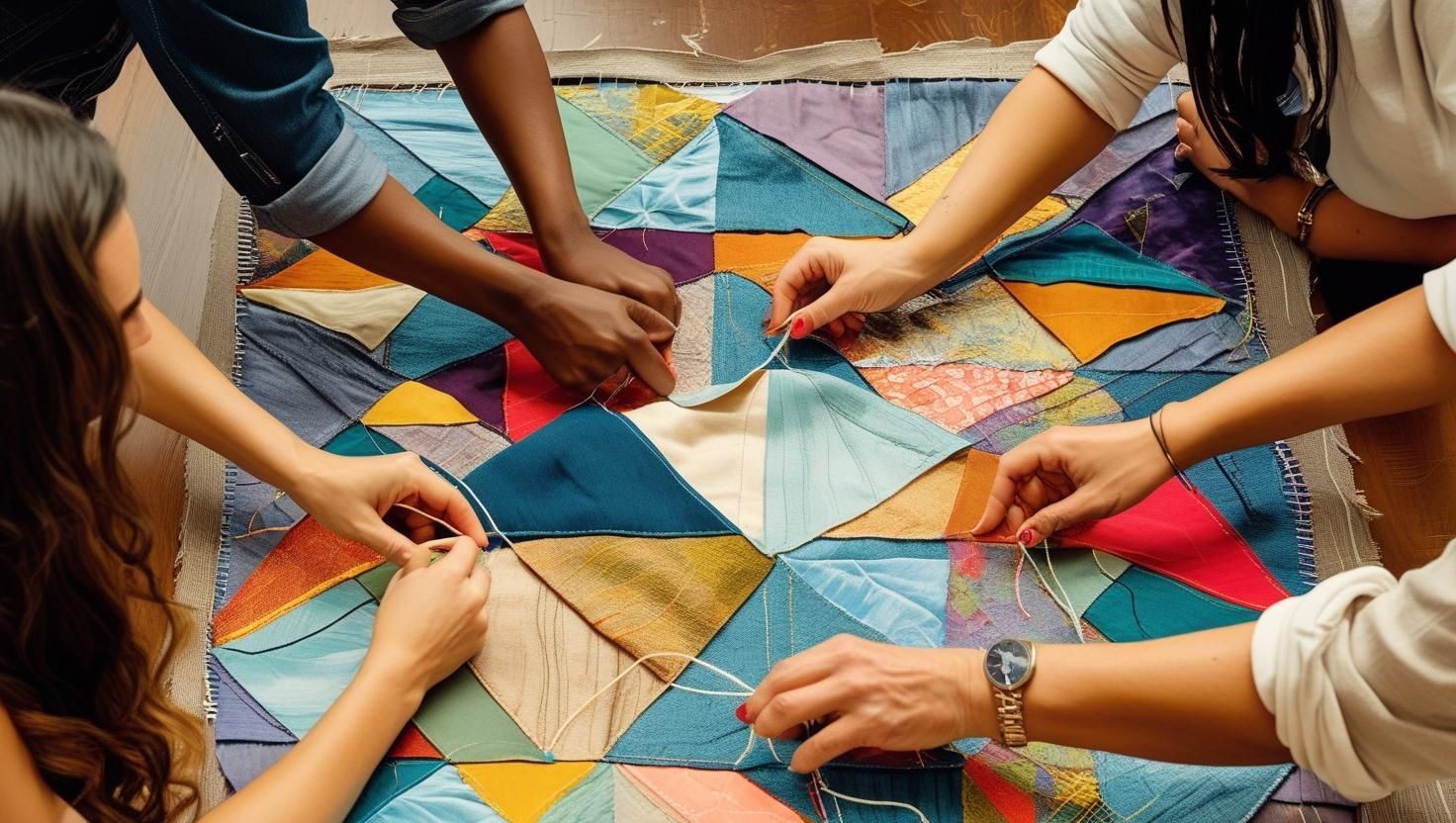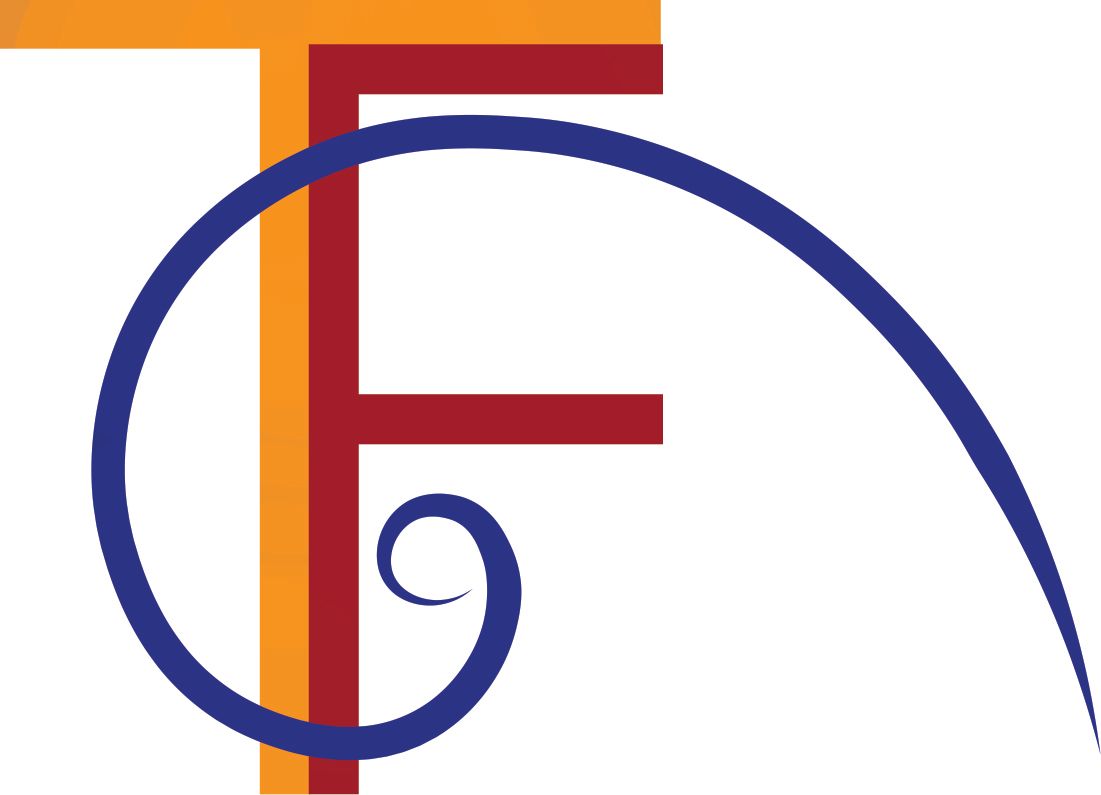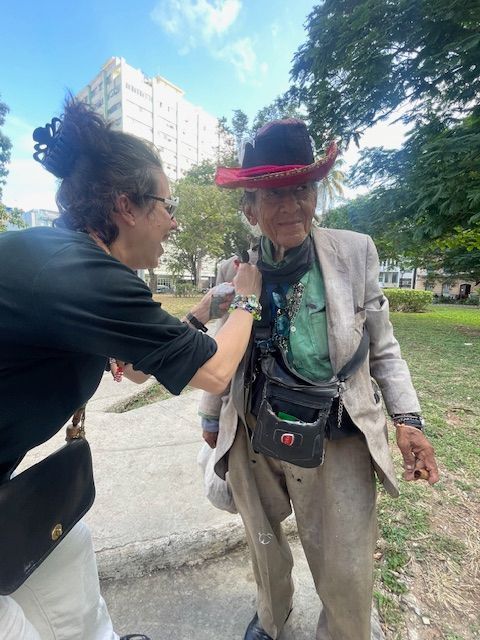🤝 The Power of Mentorship: Creative Growth Beyond the Classroom

Mentorship is not just about passing down skills.
It’s about lighting a path someone didn’t even know was there.
At The Fashion Community, mentorship is baked into everything we do—not as a formal structure, but as a living, breathing relationship between people who care, people who’ve been there, and people still finding their way.
Because when it comes to creativity, support matters just as much as talent.
Why Mentorship Works
Research shows that young people with mentors are more likely to:
● Set goals and stay motivated
● Have stronger relationships and communication skills
● Exhibit higher self-esteem and lower levels of depression¹
But mentorship in creative fields does something even deeper: it gives people permission.
Permission to explore.
Permission to fail.
Permission to be different, and to try again.
More Than Teaching — It’s Witnessing
A mentor is someone who sees you.
Who listens before offering advice.
Who celebrates process over perfection.
Our most impactful mentorship moments don’t happen in formal sessions—they happen in the in-between:
● While threading a needle side by side.
● While sharing stories over donated fabric.
● While saying, “You’ve got this,” at the edge of a runway.
Intergenerational Power
Many of our mentors are older adults—retired seamstresses, artists, parents—who never got the recognition they deserved. Now, they pass their wisdom forward with pride. And in return? They gain a renewed sense of purpose.
At the same time, young mentors emerge too—students teaching peers how to mend, swap, or design. The roles shift, the learning flows both ways.
This is how community grows.
Mentorship as Mental Health Support
In a time of overwhelming pressure, loneliness, and self-doubt, mentorship provides:
● Belonging: Someone is in your corner.
● Stability: A relationship rooted in consistency and care.
● Resilience: Knowing that mistakes aren’t the end—they’re part of the story.
This is human services through human connection.
How to Get Involved
We welcome mentors of all ages and backgrounds. You don’t have to be a fashion expert—just someone with time, kindness, and curiosity.
Because when one person reaches out to guide another, they both grow.
Rhodes, J. E. (2005). A model of youth mentoring. Handbook of youth mentoring.
The Fashion Community's Blog
